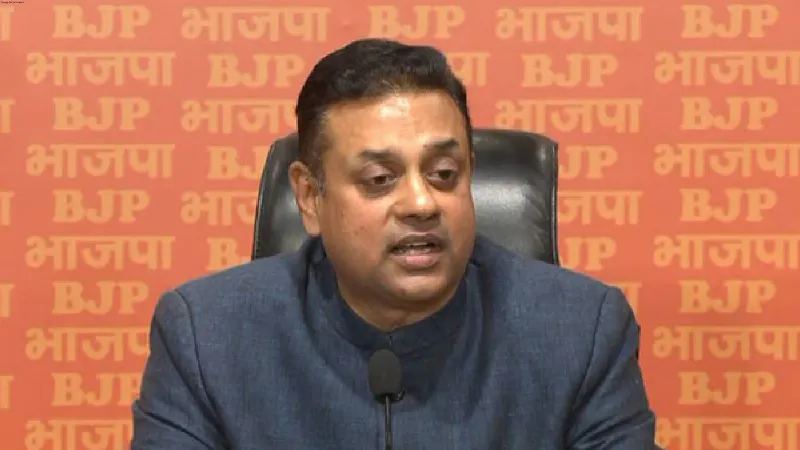Latest News
UNEMPLOYMENT SURGES, INCOME SEES DOWNTURN

In terms of GDP rate, India is undoubtedly at the pinnacle of its economic development right now, and it’s crucial that it has been able to sustain this rate for an extended period of time. But there are many different kinds of arguments that might arise from this statement, and each interpretation always offers some fresh points of contention. It’s also true that, even with a steadily strong growth rate, India continues to face numerous challenges, both old and new. It is also worth noting that when the Indian economy is credited with jobless growth in economic analysis, it surprises the common man but this also has many meanings of its own. For example, the problem of unemployment or the issue of increasing employment opportunities has always been prominent in Indian society and Indian economic policies. A recent report of the United Nations organization ILO regarding employment in India in 2024 presents many such figures which seem to say that the situation of employment in the country was neither under control in the past nor is it today. If this continues, then this situation will become more dire in the future. This latest report includes a detailed discussion on various dimensions of unemployment in the Indian economy. For example, it has been mentioned in this report that how much the total number of workers in our society increased from the year 2000 till now, how many got employment and what was the actual number of unemployment. Along with this, how much the contribution of agriculture sector, manufacturing and service sector increased year after year, how much did they earn and how many people did they employ in the society.
Apart from all this, the most interesting thing seen in this report is that the unemployment rate in India has been increasing continuously for some time now and the reason behind this is the increasing population, but those who are getting employment in India now are not getting full employment opportunities. That is, the percentage of underemployment in India has now become comparatively much higher than the percentage of unemployment. Due to this, economic inequality is continuously going out of control. From the year 2000 till now, the total number of workers in India has increased by 17 crores, while the number of unemployed has increased from 92 lakhs to about 2.5 crores. That is, the rate of unemployment in India has more than doubled in the last 20 years. If we analyse deeper into the figures, then in the year 2000, the rate of unemployment in India was 2.32 percent, in the year 2012, more than one crore people were unemployed in India and during that time this rate was 2.18 percent and compared to the last decade, unemployment was comparatively less then. During the year 2019, when Corona had not entered, the number of unemployed in India was around 3 crores and then it reached 5.9 percent, which has been the highest rate of this century so far. Then in the year 2022, the total number of unemployed was 2.29 crores and the unemployment rate came down to four percent. All this makes it clear that unemployment remains an endless problem in India despite the fact that India is continuously achieving a good economic growth rate. Considering all this it would be appropriate to say that solving the problem of unemployment in India does not seem to be so easy.
Another very important to note a detailed aspect of this report and that is that at present the rate of underemployment in India is higher than the rate of unemployment. The general explanation of underemployment can be taken in this way that in India, the average work per day is fixed at 8 hours. But at present, a large section of the population of India is getting employment on a daily basis for much less than this fixed time. Some people are working for five hours, some for three hours or some for even less time, as a result of which the economic income of such persons is very low on a daily basis but they are getting employment. According to the data, the rate of underemployment was 8.1 percent in men and women in the year 2012, which increased to 9 and 9.6 percent respectively in the year 2019. However, this rate has decreased in the year 2022 and it is now recorded at 7.7 percent for men and 7.1% for women.
Another aspect which has been given a lot of importance in this report is that from the year 2000 till now, 50 to 55% of the total labour force in India is dependent on their own efforts for employment, which has been placed in the category of self-employed in this report and which can also be considered as self-reliant, which is much discussed in the present times. The figures show that in the year 2000, there were 52.5% people in this category, while in the year 2022, their number has increased to 55.8%.
The data of this report also shows that the percentage of people under regular employment in India has increased continuously till the year 2019, but after 2019, a decline has been observed in it. Undoubtedly, the main reason for this is the layoffs of employees done by every institution during Corona for the purpose of cost control to maintain profitability. According to the data, in the year 2000, 14.2% of the total workforce in India was in regular employment, while in 2012 their percentage increased to 17.9 and in 2019 it was the maximum of 23.8%, but in 2022 it registered a significant decline and stood at 21.5%. On other hand, percentage of temporary employees in India is continuously decreasing.
THE VIEWS EXPRESSED BY THE AUTHOR ARE PERSONAL
Dr PS Vohra The writer is a columnist and financial thinker





















